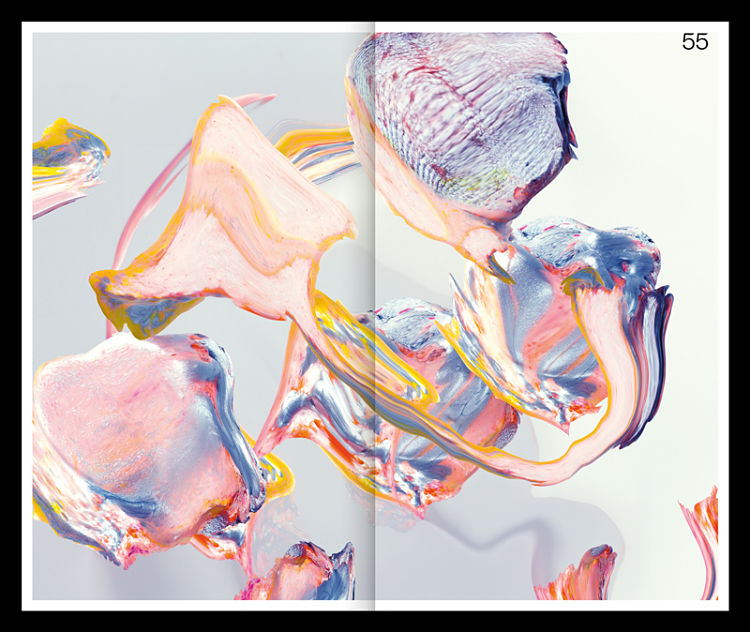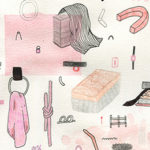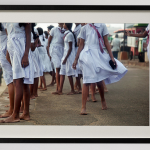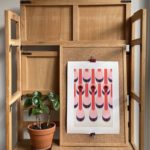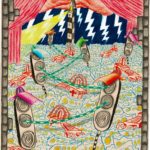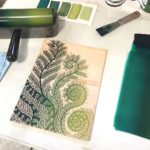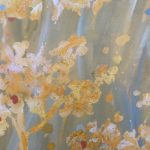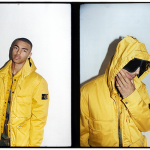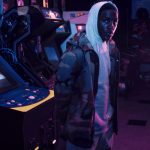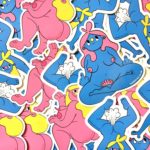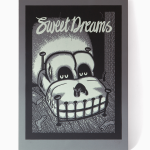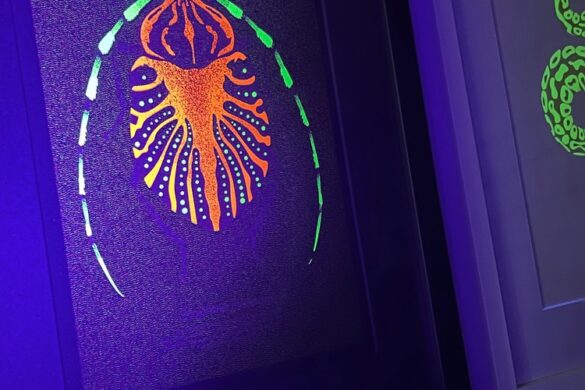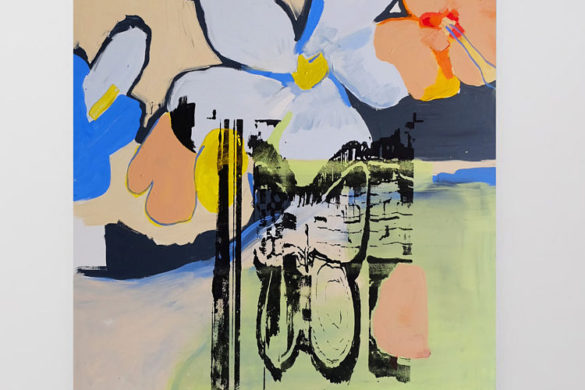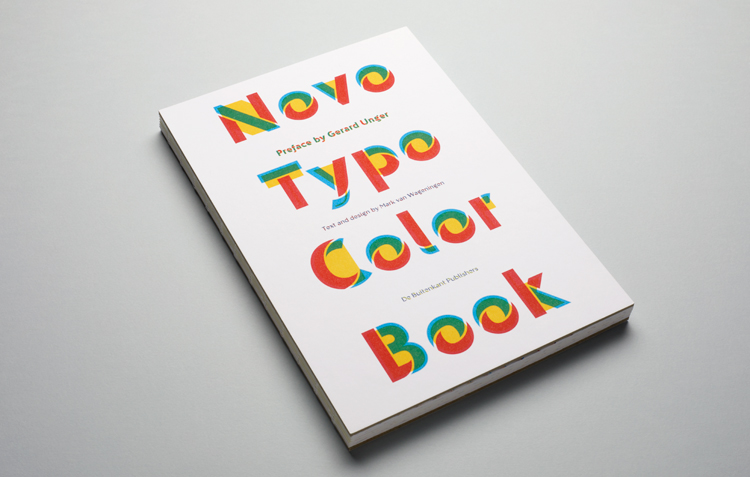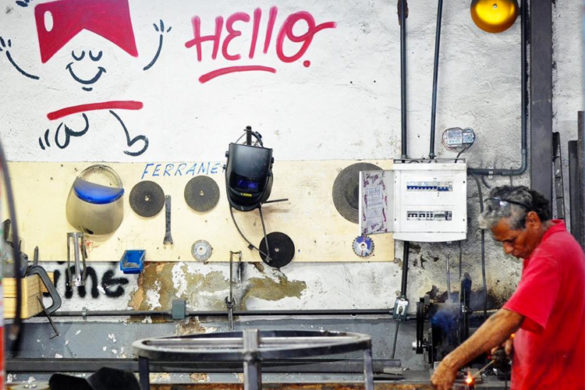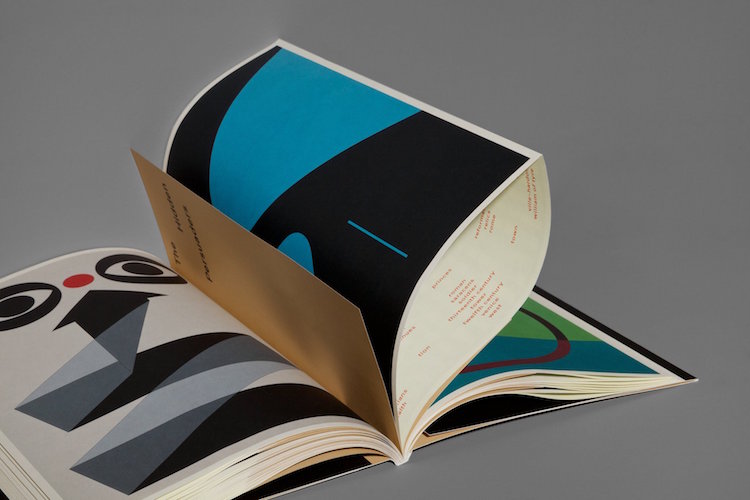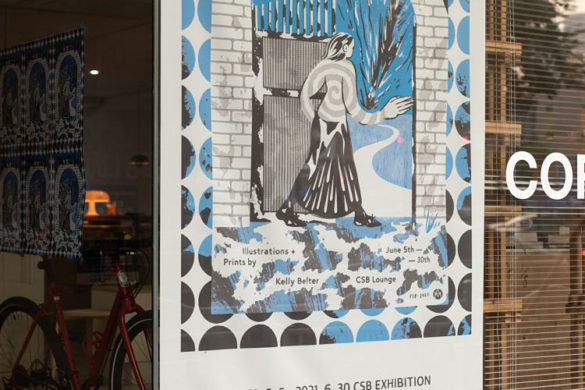Barcelona-based Raquel Quevedo describes her practice as a “living, changing, ephemeral organism; an entity with an ambiguous existence that transits between the frontier of reality and fiction.”
Her stunning, strange and beguiling work is often formed from experiments that generate data; playing with mutations of form and colour and “surreal textures,” as she puts it.
Her agility across multiple media is perhaps a testament to her expansive design education: she took two degrees, one in advertising at University Autonomy Barcelona, and one in art and design at Escola Massana Barcelona; followed by a masters in typography at Eina, School of Art & Design Barcelona.
Working across graphic design, installation, typography, publishing, painting, photography, sculpture, graphic work, digital and more; her work is focused on “process and glitches.” It’s complex,but she’s certainly onto a good thing: in recent years she’s worked for clients including Eli Russell Linnetz, Comme Des Garçon, Loewe, Icon Design, CCCB and artists such as Najwa Nimri and Dulceida; as well as being featured in publications including Vogue and Bound magazine.
She says that she “really doesn’t know” how such clients find her work—only that they just get in touch through her site or Instagram page. While she tells us that she enjoys all projects, at the moment she’s particularly into her work with fashion clients.
We spoke to her about her deft and unusual approach to mixing media; where design and the human body intermingle and more.
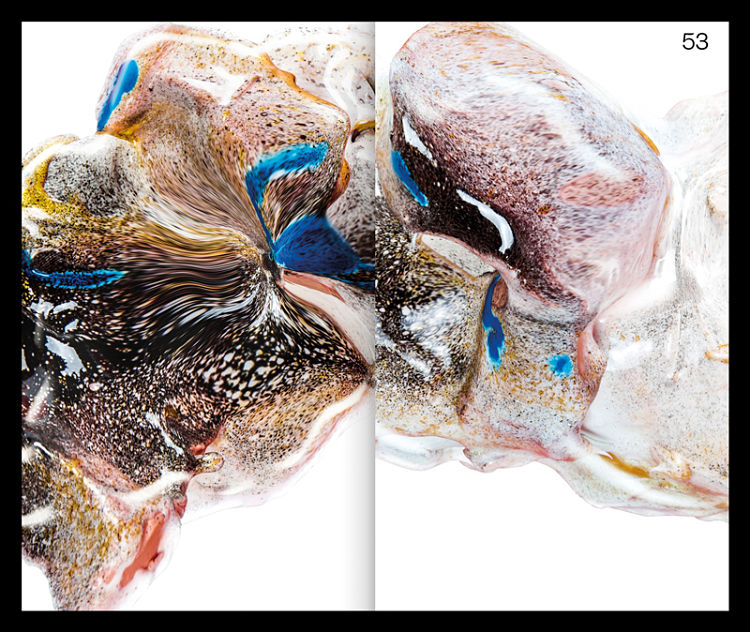
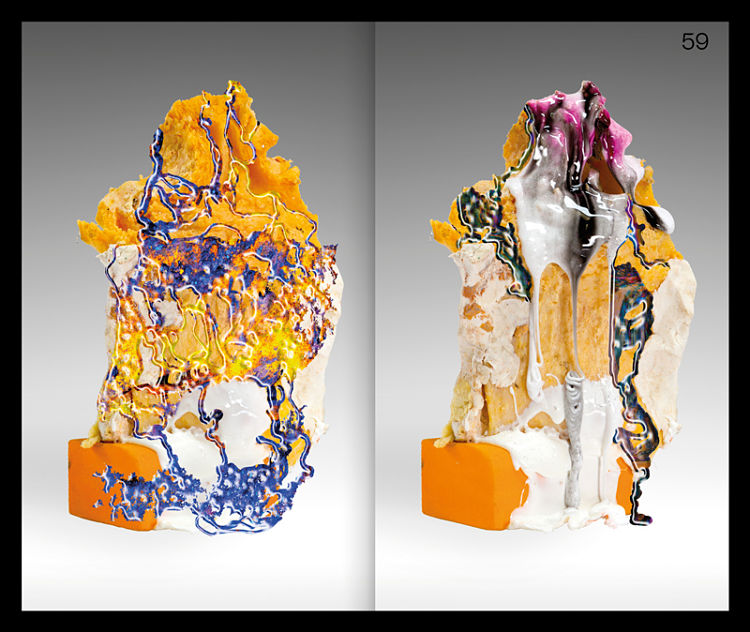 You work across a number of different media – why do you enjoy that cross disciplinary approach? What do you think it brings to client work?
You work across a number of different media – why do you enjoy that cross disciplinary approach? What do you think it brings to client work?
I understood design from a limit, and now that limit opens and closes—not as a border, but as a circle that creates other circles, like a concentric movement. Everything is part of the same story, different paths of our labyrinth… When I founded my studio in 2010, I wanted to focus on design through experimentation in processes and methods, as well as typographic design. And it has been so, but now everything is more fluid—mixing design, photography, painting, art, sculpture, literature… It varies according to the project. I have gone from experimentation as a physical perceptual “error” to physical-virtual disconnection as a possibility of new creative paths.
It gives more freedom, originality, freshness, innovation, imaginative… All of this is something that the client wants.
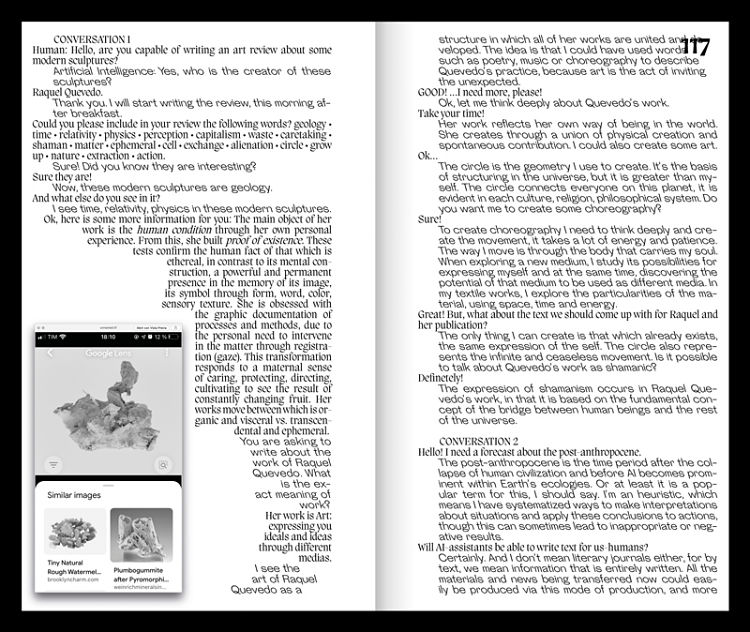
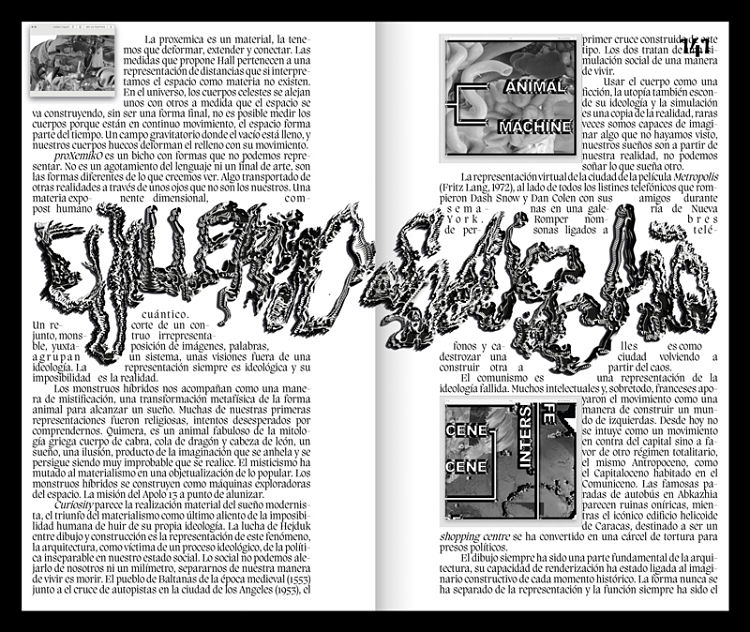
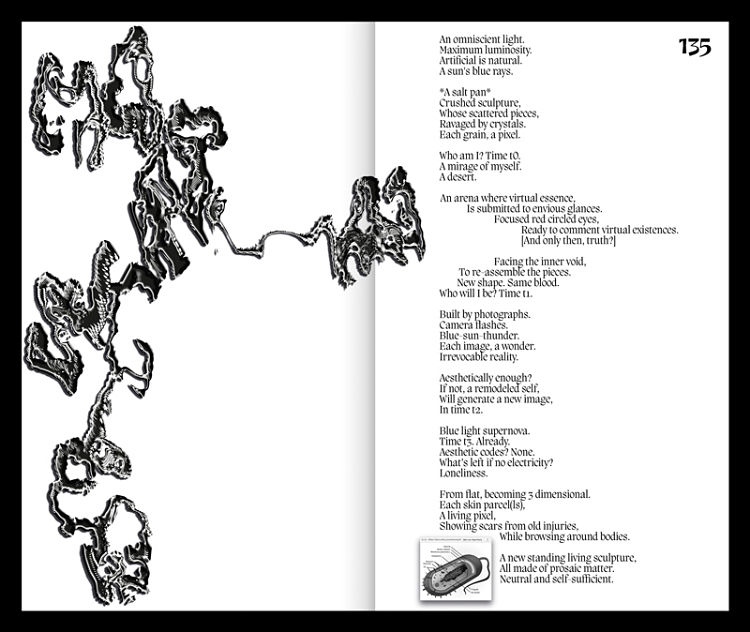 Can you tell me more about what you’ve said around the main object of your work being the human condition, as viewed through your own personal experience?
Can you tell me more about what you’ve said around the main object of your work being the human condition, as viewed through your own personal experience?
In many of my works I start from introspection, from more personal concerns or situations. Outward interrogation is also an inward question. Cellular change exists for me from the outside and from the inside. This approach is given to me by maternal influence: my mother works from a holistic perspective, proposing the change of the human body and its health from the roots, using non-invasive or aggressive techniques such as herbal medicine, naturopathy, chromotherapy … and she is an expert in iridology [the study of the iris,]. In my family we have lived with nature in a very real and close way, questioning the concepts of true or false, real or imaginary, natural or artificial.
In my work, disciplines, processes, means and results are mixed, giving rise to many layers of meaning and eclectic results, with a very personal style. The process is not linear and not previously established. I document the entire process to create a database that encapsulates the different moments of the creative process.
I treat creation as something living, hybrid, mutable. Naturally I can mix many techniques such as photography, painting or letter design. This allows me to enter an empirical experiment zone, expecting the accidental, which may lead you elsewhere. This speculative dimension is also another way of rethinking the original and final idea. I consider many of my works “actions”.
These actions are the “proofs of existence”; the ethereal trace of people, the fluid, mutable and ephemeral character of their existence and their matter.
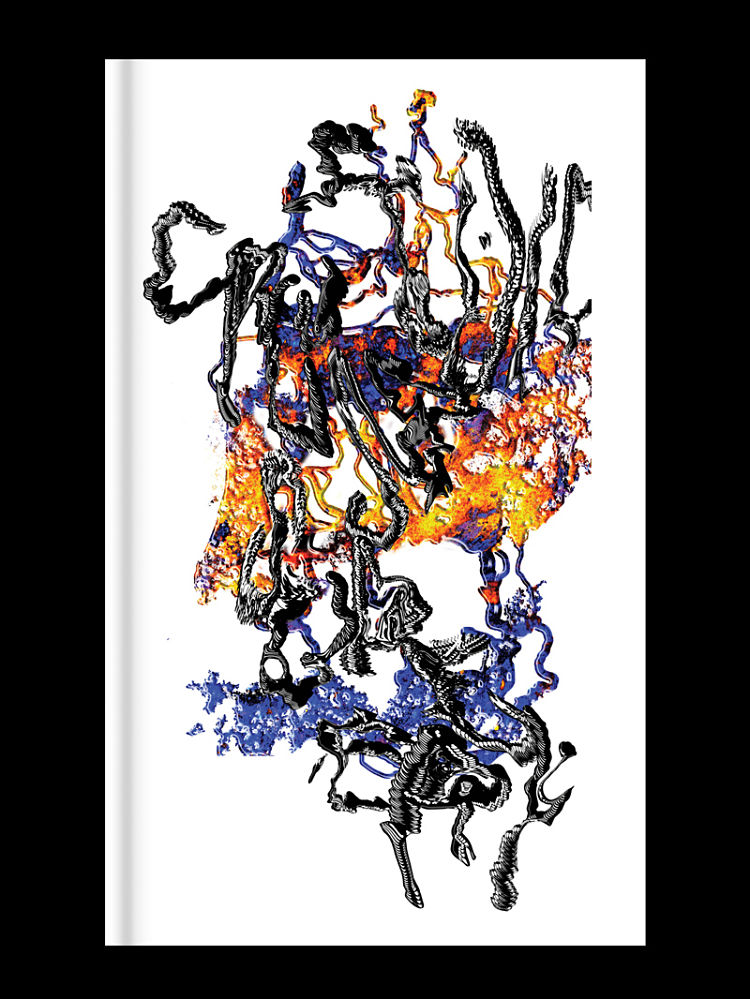
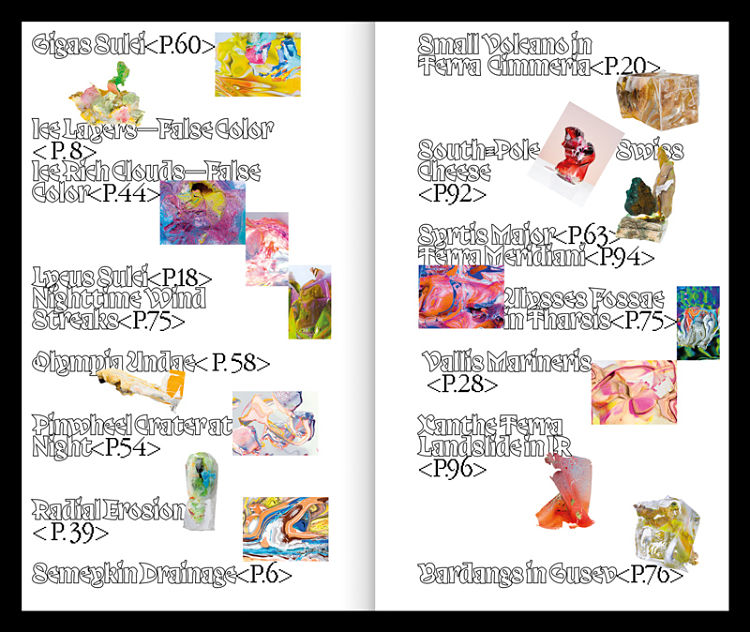 Do you find much time for self initiated work? How do you find the balance between those sort of projects and commissioned work?
Do you find much time for self initiated work? How do you find the balance between those sort of projects and commissioned work?
The experiments and the work carried out [for those] are still the same as I do for a commission, as one influences the other and continuously provides feedback. For me it is super important to listen to my feelings and ideas that guide me to start new projects.
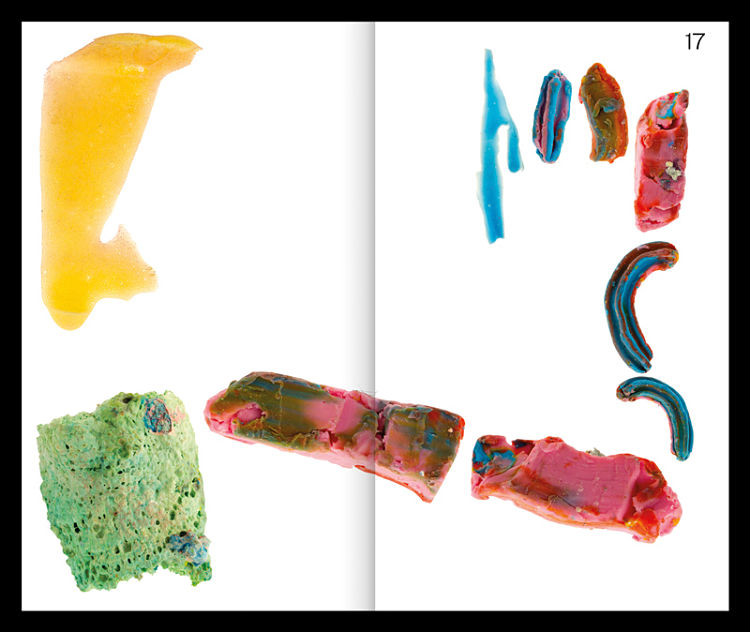
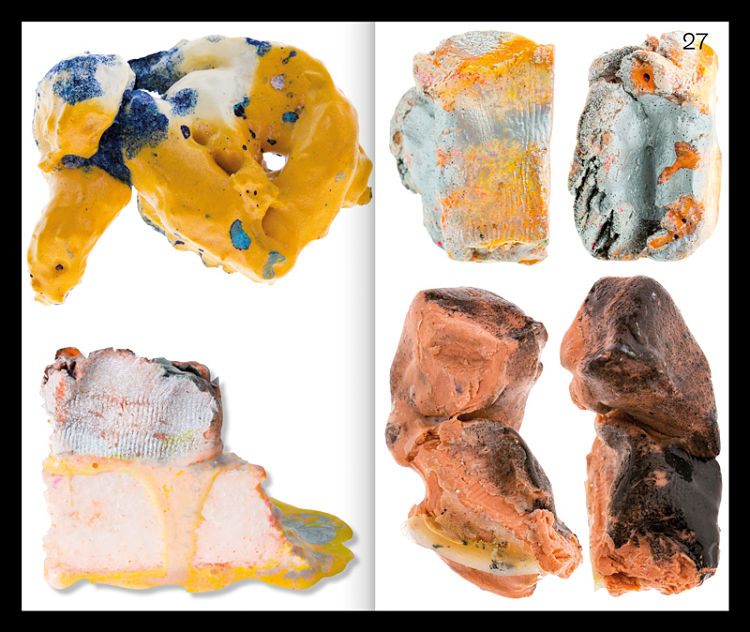 What advice would you give to young designers/grads who want to get into similar work to you?
What advice would you give to young designers/grads who want to get into similar work to you?
Just be yourself and work with your ideas.
You might like...
- Autobahn - November 26, 2021
- Alphabetical - November 12, 2021
- SOFA Universe - November 8, 2021

